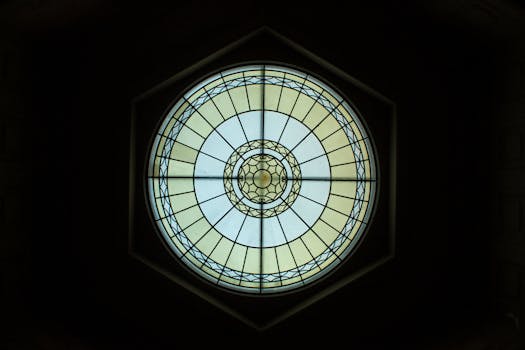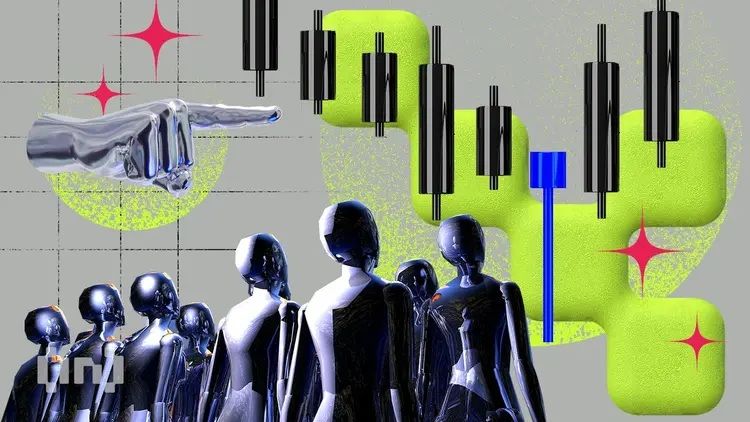
Traveling Through Time: How Europe’s Historical Heritage Shapes Modern Lifestyles in 2025
Traveling Through Time: How Europe’s Historical Heritage Shapes Modern Lifestyles in 2025. Europe, a continent steeped in history and tradition, has a unique ability to blend the old with the new, creating a fascinating blend of historical heritage and modern lifestyles. From the intricate architecture of ancient buildings to the vibrant art scenes of modern cities, Europe’s rich cultural heritage continues to shape the way people live, work, and interact with one another in 2025.
Historical Architecture and Modern Design
One of the most striking examples of how historical heritage shapes modern lifestyles in Europe is in the realm of architecture. Many of Europe’s cities are filled with ancient buildings, from medieval castles to Renaissance palaces, which have been carefully preserved and restored to maintain their original charm. At the same time, modern architects have incorporated innovative designs and materials into these historical structures, creating a unique blend of old and new. For instance, the ancient city of Rome is home to a plethora of historical landmarks, including the Colosseum and the Pantheon, which have been beautifully restored and now stand alongside modern buildings and structures.
Art, Culture, and Cuisine
Europe’s historical heritage has also had a profound impact on the continent’s art, culture, and cuisine. From the masterpieces of Renaissance artists like Leonardo da Vinci and Michelangelo to the modern street art of cities like Berlin and Paris, Europe’s rich cultural heritage is evident in its vibrant art scenes. Similarly, the continent’s cuisine is a reflection of its historical heritage, with popular dishes like pasta, pizza, and tapas originating from ancient recipes and cooking techniques. In 2025, these traditional cuisines continue to evolve, incorporating modern ingredients and cooking methods while maintaining their historical roots.
Modern Lifestyles and Historical Traditions
Despite the many advances of modern technology and lifestyle, historical traditions continue to play an important role in shaping modern lifestyles in Europe. For example, many Europeans still observe traditional holidays and festivals, such as Christmas and Easter, which are rooted in the continent’s historical heritage. Additionally, traditional crafts and skills, such as woodworking and textiles, are still practiced and passed down from generation to generation. In 2025, these historical traditions continue to influence the way people live, work, and interact with one another, creating a unique and fascinating blend of old and new.
Conclusion
In conclusion, Europe’s historical heritage continues to shape modern lifestyles in 2025, from architecture to art and cuisine. The continent’s rich cultural heritage is a source of pride and inspiration, influencing the way people live, work, and interact with one another. As we look to the future, it is clear that Europe’s historical heritage will remain an integral part of its modern identity, shaping the continent’s lifestyle and culture for generations to come.





